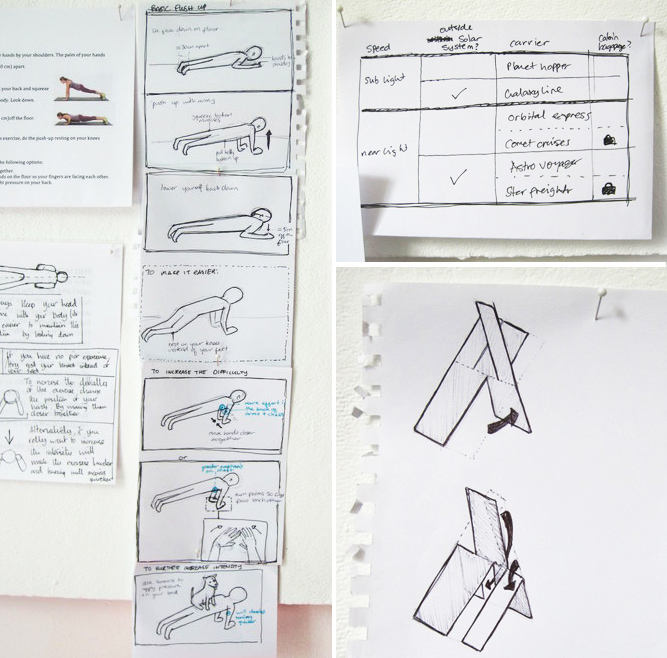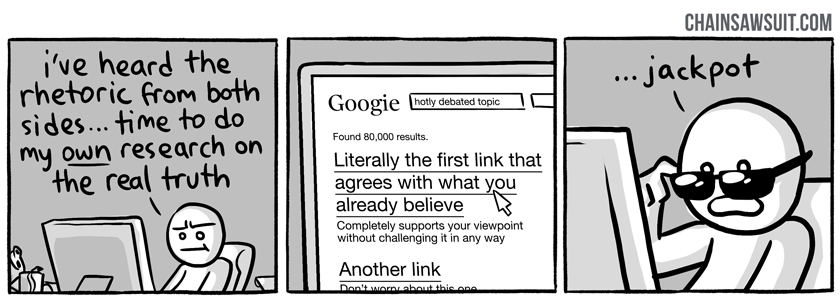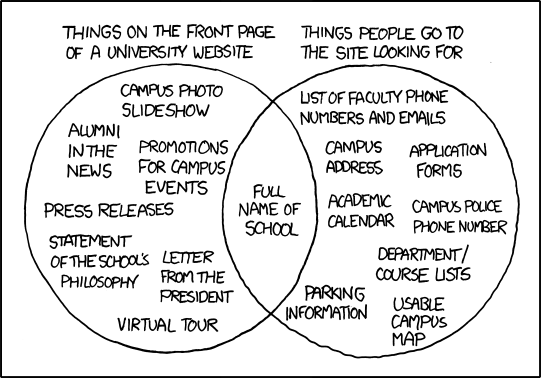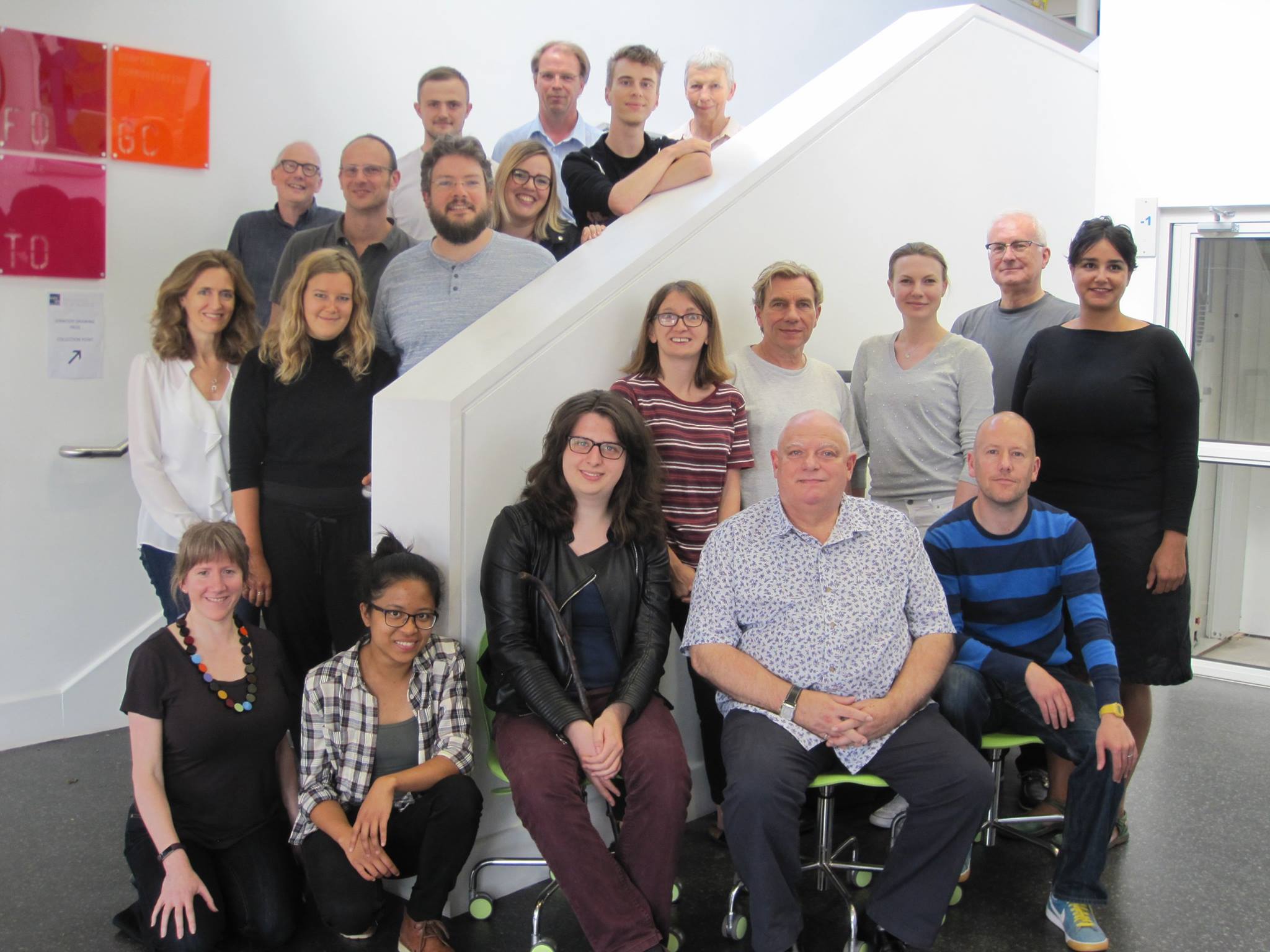Simplification in Bath
Last week I attended the Information Design Summer School in Bath. It was a five day course where we discussed the concept of “simplification” and looked at how it has been, and could be, applied to documents and design that we use daily.
We began with exploring what simplification means. It should not be a “dumbing down,” or a reduction of useful information, but rather it should mean making things easier and clearer, and lower the barriers to understanding.

Design challenges
- The misconception that shortening something makes it clearer
“all forms must now be limited to 12 pages!” – this will not necessarily simplify the process - The mindset that complexity automatically equals intelligence
“if they can’t understand it maybe we shouldn’t be working with them in the first place” - A fear of changing the norm, in case the new is found to be lacking
“if it goes wrong, then we’ll have to answer for it” - Lack of user testing
“It’s worked perfectly fine for us in the past” – where if testing had been done, it would have been found out that people have struggled with it - Lack of understanding of the individual needs of users
“This is a one size fits all solution” - The misuse of information to intentionally obscure the truth:

It is easy to see that these issues are not limited to contracts and forms!
TDL and information design
Frequently designers get caught up in the needs of the client, and understandably so, since they are the ones with whom we are directly communicating, and they are the ones who have commissioned the work. After this course, I think we’ll shift more focus to the end users, and try to integrate more testing and feedback where practicable.

This course was also very useful in giving me the vocabulary and the academic background to express ideas I already felt were right but didn’t really know how to say. For example, we already knew that making something shorter or removing information didn’t necessarily lead to clarity. Now I have the tools to communicate this.
A wealth of recommended reading:
http://www.simplificationcentre.org.uk/resources/technical-papers/
The community
The diversity of the students reflected how important information design is to different fields of study. Apart from designers, there were people with backgrounds in e-learning, law, medicine, transportation, and statistics. These industries only begin to cover the ways in which people might benefit from clearer communication.
Here are links to some of the people who attended:
Arne Nys – Transport and urban mobility
http://noinformationdesigners.tumblr.com
Christian Mariacher – information and book design
http://www.ateliermariacher.at/
Manuela Heidenreich at Statistik Austria
https://twitter.com/statistik_at
Paul Morgan – Creative communication
http://www.morgancommunications.com.au/
Sol Kawage – editorial, information, and graphic design
http://uauage.org/
Tiffany Kemp at Devant – contract training and negotiation
http://devant.co.uk/
The Simplification Centre:
http://www.simplificationcentre.org.uk/
